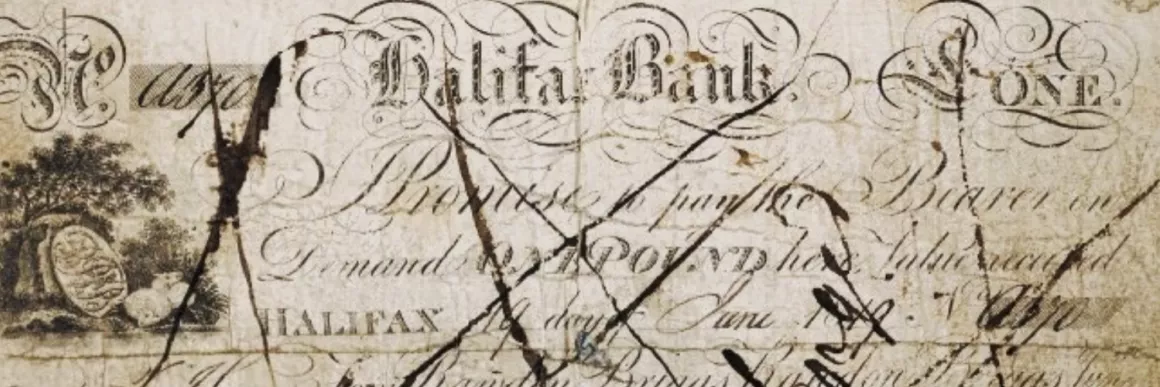The aim of this volume is to explore the Romantic credit crisis of 1797-1821. The decision to end cash payments and flood the economy with low denominational banknotes led to a spectacular increase in executions for banknote forgery. Many Romantic writers saw this bloody debacle as a sensational illustration of the dangers of an economic system based on mere "paper" value. While some critical attention has been given to the cultural history of credit (Brantlinger, Poovey), the issue of forgery has been overlooked. Yet, as the essays in this volume show, the impact of the credit crisis and its thousands of victims affected literature, journalism and art in often profound ways.
Abstract
The surge of scholarly interest in Romantic literary forgery has overlooked the impact of financial forgery on Romantic-era politics and culture. This essay uses James Gillray’s Midas (1797) and William Hone and George Cruikshank’s Bank Restriction Note (1819) as the basis for an investigation of the cultural and political repercussions of the 1797 Bank Restriction Act. The decision of Pitt’s government to end payment in gold and flood the economy with paper money was deeply unpopular.
Abstract
In his review of Emma Walter Scott comments that Harriet Smith’s "facile affections" are transferred "like a bank bill by indorsation." The metaphor is doubly apt: it sums up Harriet while pointing to a peculiar feature of Austen’s Emma—its reliance on economic language to prosecute its themes. This reliance is not accidental but an expression of a fundamental aspect of Romantic-era culture: the consistent juxtaposition of contingency with an imagined "gold standard" that gives such contingency meaning.
Knowledge Against Paper: Forgery, State Violence and Radical Cultural Resistance in the Romantic Period
Alex BenchimolAbstract
This essay firstly examines the strategy of radical education in the early nineteenth-century plebeian public sphere around the issue of paper money, illustrated by William Cobbett in his article series "Paper Against Gold," published in the Political Register during 1810-11. Cobbett’s role as a counter-hegemonic intellectual in the series and the conception of popular knowledge it championed is highlighted, in part through his attempts to expose the complex workings of the wider financial system he described as a "place . . .
Walter Scott and the Financial Crash of 1825: Fiction, Speculation, and the Standard of Value
Alex J. DickAbstract
Although radicals and economists had been attacking the fiscal “speculation” of the credit economy since the seventeenth century as akin to forgery and theft, many conservative commentators on Britain’s financial affairs embraced it as the source of the heroic and imaginative power of debt and credit. This essay reads Walter Scott’s Letters of Malachi Malagrowther and The Chronicles of the Canongate as “speculative” responses to the financial crisis of 1825.
Abstract
This essay summarizes the essays in the collection. It places them in the context of recent work in authenticity studies, Romanticism, and the history of legal and financial forgery, and remarks on the current economic situation. The account concludes with suggestions for further avenues of research.

